OceansSeven sneaky survival strategies of reef animals
The variety of life found on coral reefs attracts some of the ocean’s deadliest predators. In response, reef species have evolved a fantastic array of survival strategies to avoid being eaten.
Some animals work together to ward off or evade predators, while others use camouflage, colourful warnings or toxic defences. A flash of colour or a swish of the tail can be the difference between life and death.
1. Nudibranch
These slugs of the sea are soft-bodied. To protect themselves they resort to chemical warfare.
Nudibranchs eat sponges and recycle the poisonous chemicals the sponges contain, using them within their bodies to deter animals from eating them. Their bright colours warn would-be predators to stay away.
2. Cuttlefish
Cuttlefish are not fish, but molluscs, in common with squids and octopuses. They can change their skin colour and texture to provide camouflage or to communicate with each other.
When hunting the cuttlefish sends shimmering waves of colour along its body to distract or confuse its prey.
3. Hermit crab
The hermit crab has a soft abdomen which it protects by occupying shells left empty by dead sea snails and other animals. However as the hermit crab grows it has to find a larger shell.
The right shell is hard to find and hermit crabs even queue up in size order next to empty shells - each crab is waiting to move into the vacated shell of the larger crab in front of it.
4. Hairy frogfish
Camouflage is the hairy frogfish’s main defence against predators. It can adapt patterns and colours on its body to match new surroundings within weeks.
This also helps the frogfish to find food - camouflaged against rocks on the seabed, it uses a twitching lure protruding from its head as bait to attract unsuspecting prey.
5. Banded seakrait
This sea snake can fool predators into thinking that the tip of its tail is its head.
While the head is searching crevices for food the seakrait uses its tail to mimic the movement of its head. Similar markings on the tail and the head add to this illusion.
This trick reduces the chance of being attacked by predators, who think the seakrait is looking right at them.
6. Sponge crab
A sponge crab protects itself by dragging a living sea sponge onto its back and using it as a shield against predators. The crab’s legs and back are adapted to hold the sponge shield in place.
This one-sided arrangement is an example of commensalism - a relationship between two species where one benefits and the other is left unharmed.
7. Clownfish
Clownfish live in symbiosis with sea anemones, which they protect aggressively, even from humans.
The clownfish has a protective coating of mucus allowing it to take refuge in the stinging tentacles of the anemone without being stung. In exchange the clownfish protects the anemone by chasing away predatory butterflyfish.
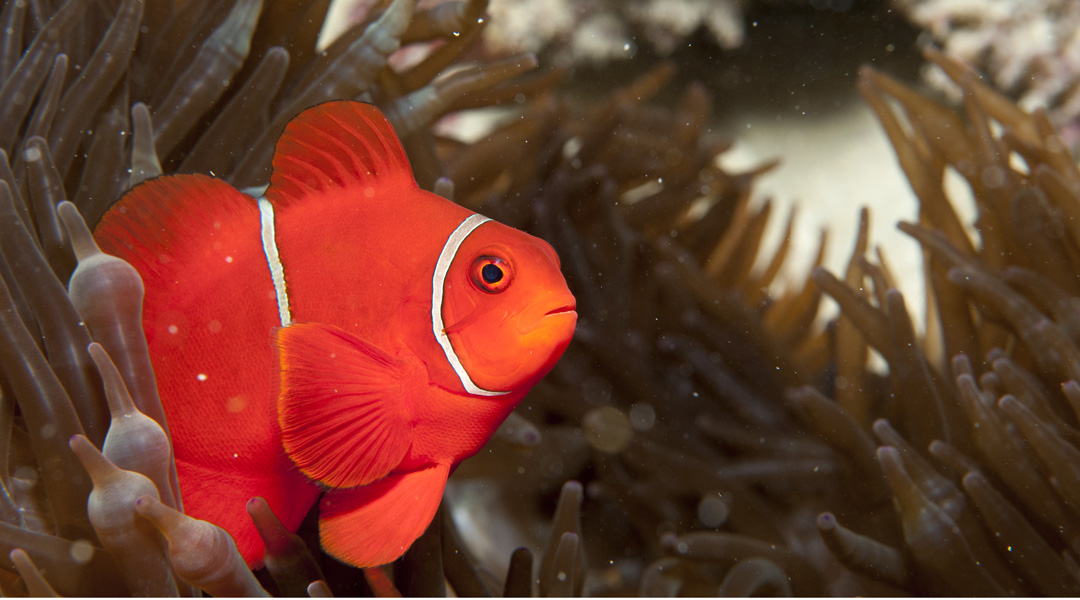


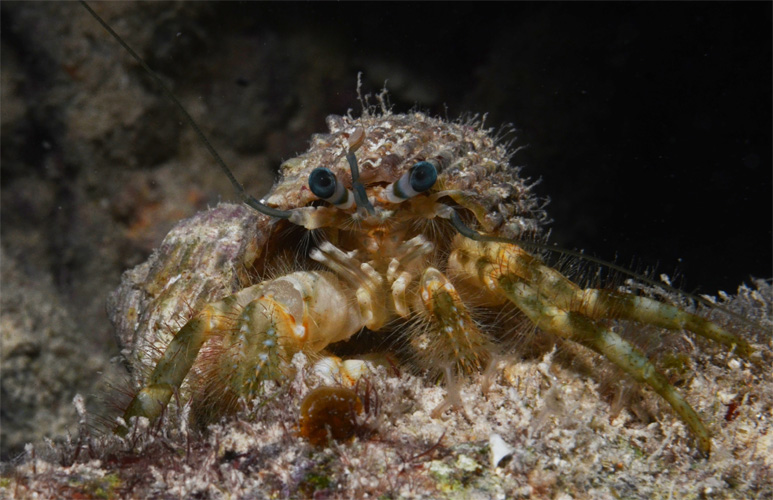
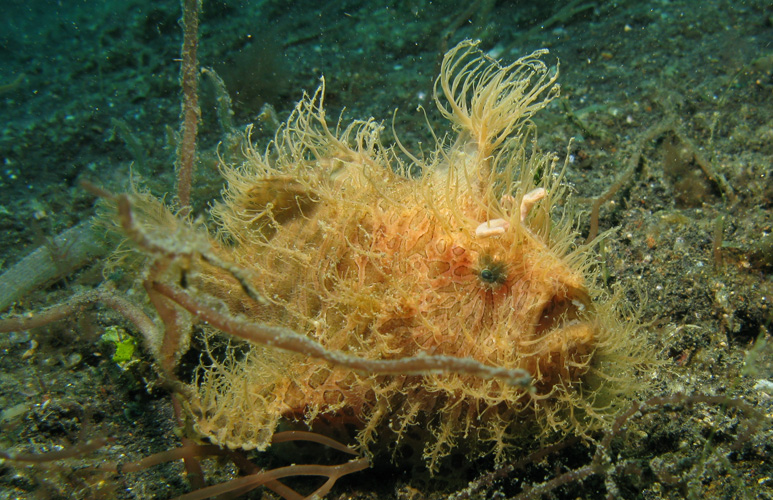





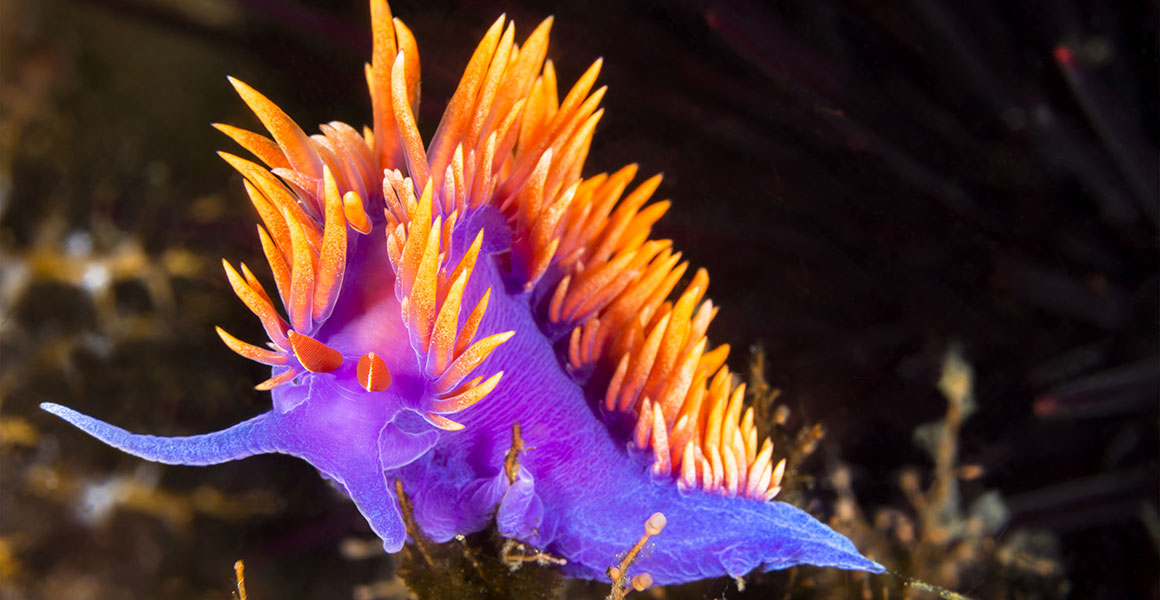
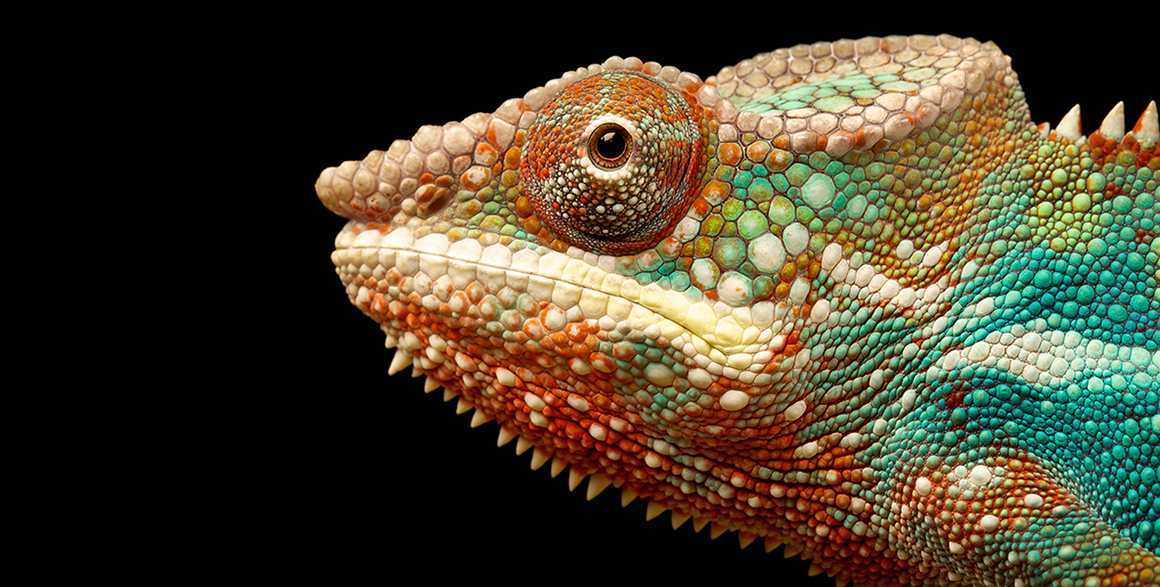
Don't miss a thing
Receive email updates about our news, science, exhibitions, events, products, services and fundraising activities. We may occasionally include third-party content from our corporate partners and other museums. We will not share your personal details with these third parties. You must be over the age of 13. Privacy notice.
Follow us on social media